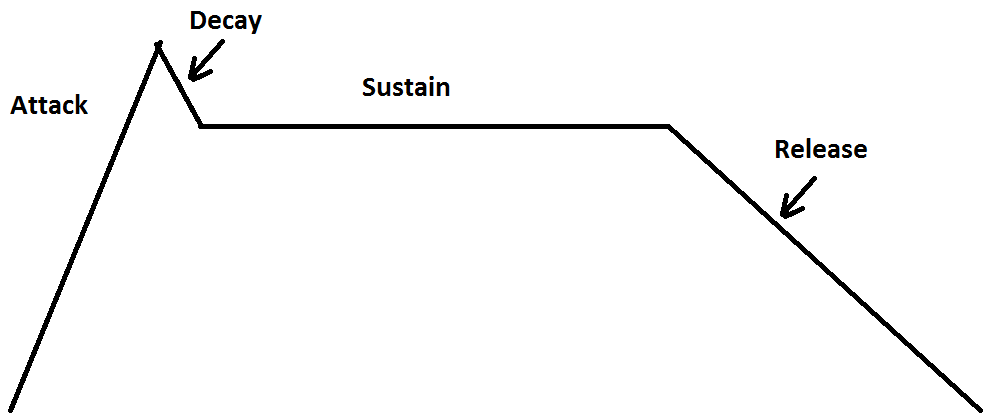Reasons we tongue: repeated notes, clean start, phrasing sounds different than slur (communicates a different emotion)
Critical!!! Tape recording with attacks and releases cut off
Read Edward Kleinhammer The Art of Trombone Playing (also for breathing)
Tongue is very complex:
Inner and outer muscles control it
It can only be controlled by speech
Tongue placement is not the same for everyone: depends on tongue size and shape, yet we can all speak clearly
What you think happens is TOTALLY wrong – fluoroscope studies
Joseph Meidt XRAY-Movies of Trumpet and Horn player –
(MRI) Chamber Music with Sarah Willis –
Goal: clarity of expression and consistency within
a given context – equivalent to diction
(not true in the Baroque: ta-ra-li-ra, tonguing inegale)
Go for the sound you want, not the process
Two main consonants: T and D (K used in multiple tonguing) – begins the note
T = sharp (tongue moves
fast, air hits hard);
Sharp
T: Bernie Adelstein (Cleveland
Orchestra); policeman carries parking
tickets, billy club, pistol –
use at the appropriate time
D = soft (tongues moves
slower, allowing air to start slower); only trombonists need
to develop an inaudible D tongue; otherwise, slur it!
Farkas – if lips and air are right, even “z” will work
Two
main vowels: Ah, Oh – form the tone
Ah and Oh keep the tongue lower; EE raises the tongue and makes the sound
smaller; advocated by some for high range
Should not be between the teeth (except, some use this for low notes)
Jaw should not move – indicates tongue between teeth or lack of air
Problems:
Don’t let students misread slurs, unless you’re close to the performance
Many times a person is so wrapped up in thinking about the tongue that they forget to blow – – the tongue stiffens without air; too much tongue is usually lack of air
Ideal teaching:
- Teach without tongue – air, long tone
- Oh, tu: say, whisper, blow, play – still on long tones
- Learn to slur
- Tongue
first 1st note of slur, beginnings of groups; no clipping –
not piano!
stay with same pattern for a time to let the body learn; integrate into the same exercise - Define fast vs. slow staccato
- Learn to play fast staccato; radial arm saw; the illusion of staccato
- Mixture of two
- Learn to play separated: slow staccato = most sophisticated concept
Three meanings of staccato – short, separated, sharp
Class #6 – Tonguing Teaching Aids

Articulation Teaching aids
Need many different teaching tools: every student is different, and the same kid may be different on different days
Keep corners firm, especially in low range
Illusion of staccato – long air through fast tonguing
Practice without the tongue – emphasizes that the air makes the sound; the tongue simply insures a clean start; start with lips together and blow them apart
Farkas: the tongue cuts up long tones into shorter ones – to demonstrate blow a long stream of air and move hand across air – garden hose with sprinkler, single and multiple tongue
Think of releasing notes, not attacking them – “attack” comes from science: ADSR = attack, decay, sustain, release; attack implies violence; now called “front”
Think of tonguing a dot, keeps tongue light and free
Emphasize vowel, not consonant –keeps tongue relaxed; consonant stiffens the tongue
Five meanings of staccato and staccato mark: 1. short, 2. separated/spaced, 3. sharp or pointed, 4. light, 5. reminder to tongue the notes; busy teacher says “short”
Short notes should be just as full as long notes – the tendency is to use less sound and tongue harder; play long tone, then play just the 1st part for short notes
100-watt light bulb machine
Slow motion = long (Chariots of Fire); sounds wrong, but gets better as tempo speeds up
Bad Habits:
Do Not use the tongue to stop the tone (pitch falls) – very unmusical, simply stop blowing
Do Not swell after the attack
Multiple and flutter tongue – later
Trombone – two schools of thought:
Tongue everything
Use the natural slurs when possible